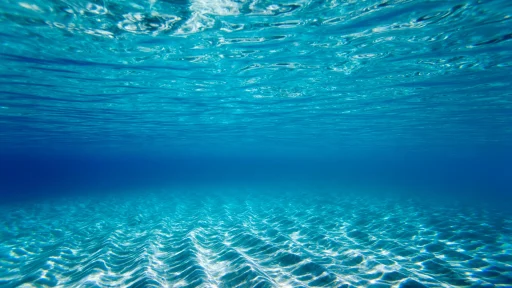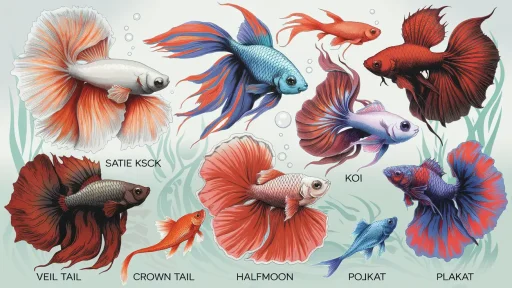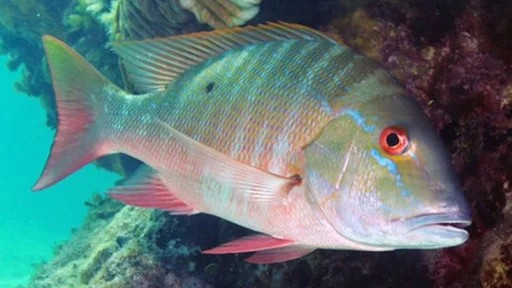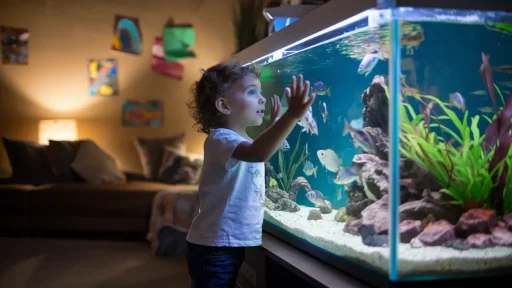Have you ever stumbled upon a shell so captivating that it stopped you in your tracks? Well, let me introduce you to Caurica, the unsung hero of the cowrie family. This little wonder is like the shy cousin at a family reunion – often overlooked, but full of surprises when you take the time to get to know it. In this deep dive, we’re going to explore why Caurica is truly the hidden gem of the seashore.
The Fascinating World of Cowrie Shells: A Family Affair
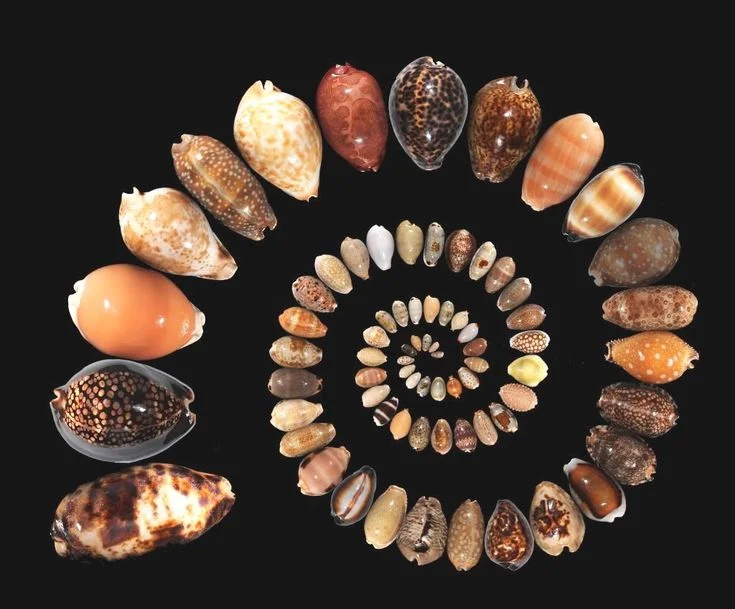
A Walk Down Memory Lane: Brief History of Cowrie Shells
Before we zoom in on our star, let’s set the stage with a bit of cowrie history. These little shells have been turning heads for millennia. Ancient civilizations used them as currency, jewelry, and even in religious ceremonies. Talk about multitasking! It’s like cowries were the Swiss Army knives of the ancient world.
The Cowrie Clan: Types of Cowrie Shells
Now, the cowrie family is huge – we’re talking hundreds of species. It’s like a massive underwater family reunion, with each species showing off its unique patterns and colors. From the tiger cowrie to the money cowrie, it’s a veritable rainbow of calcium carbonate.
Where Does Caurica Fit In?
So where does our friend Caurica fit into this shell-ebration? Well, it’s like the cool, mysterious cousin that everyone whispers about. Not as flashy as some of its relatives, but with a subtle charm that grows on you. Caurica belongs to the Erosaria genus, a group known for their understated elegance.
Unique Characteristics of Caurica: Beauty in the Details
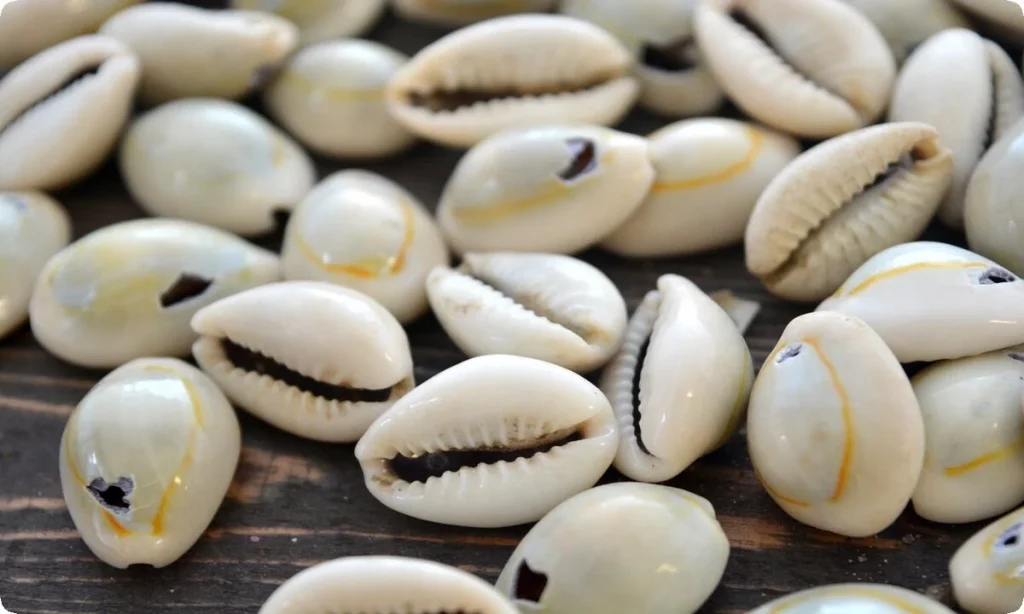
Dressed to Impress: Physical Appearance: Imagine holding a perfectly smooth, egg-shaped treasure in your palm. That’s Caurica for you. Its surface is like a polished gem, with a glossy sheen that catches the light just so. It’s nature’s way of showing off, really.
Size Matters: The Goldilocks of Cowries: Caurica shells are neither too big nor too small – they’re just right. Typically ranging from 20 to 40 millimeters, they’re like the perfect bite-sized snacks of the shell world. Not that I’m suggesting you eat them, mind you!
A Palette of Possibilities, Color Variations: Now, here’s where Caurica really shines. Its color palette is like a subtle watercolor painting – soft beiges, gentle browns, and sometimes a hint of pink or purple. Some even sport delicate patterns that look like an artist got carried away with a very fine brush.
Natural Habitat and Distribution: Where the Wild Caurica Roams
Treasure Hunt: Where to Find Caurica
If you’re itching to spot a Caurica in the wild, you’ll need to pack your bags for a tropical adventure. These little beauties love the warm waters of the Indo-Pacific region. Think of places like the Philippines, Indonesia, and parts of the Indian Ocean. It’s like they’ve chosen the best vacation spots for themselves!
Home Sweet Home: Preferred Environmental Conditions
Caurica isn’t too picky about its home, but it does have preferences. Shallow, warm waters with plenty of coral reefs are its idea of paradise. It’s like they’ve found the underwater equivalent of a cozy beachfront property.
More Than Just a Pretty Shell: Ecological Role
Don’t let its good looks fool you – Caurica plays a crucial role in its marine ecosystem. These little guys are part of the complex food web, helping to keep algae populations in check and serving as a snack for larger predators. It’s nature’s way of saying, “Look good, do good.”
The Allure of Caurica for Collectors: Why Enthusiasts Go Nuts for These Shells
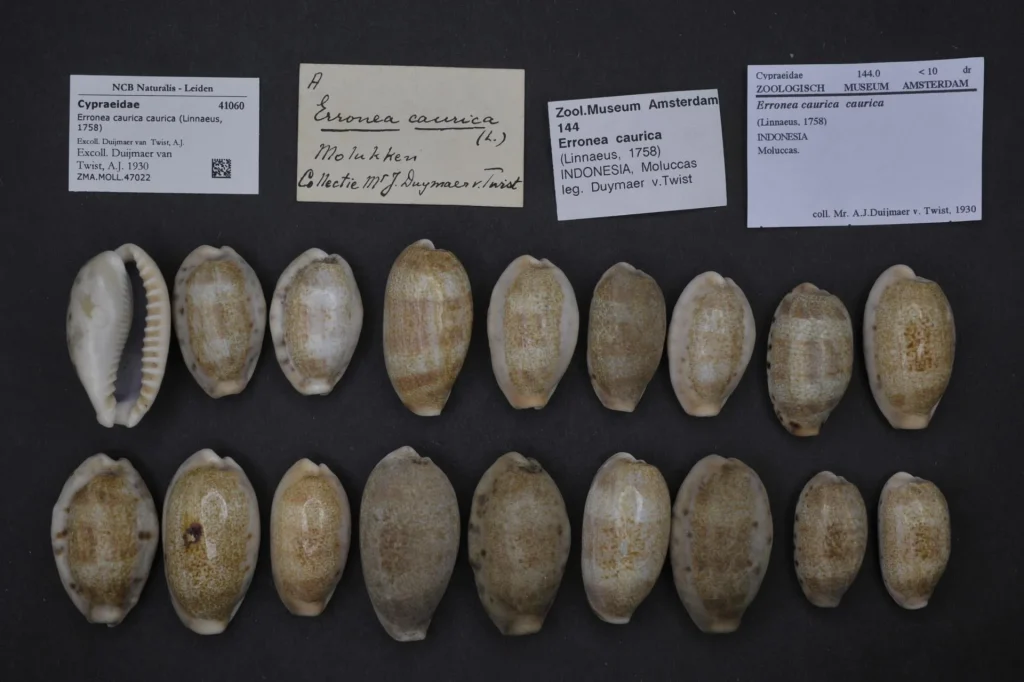
The Thrill of the Hunt: Rarity Factor
For shell collectors, finding a pristine Caurica is like striking gold. Their relative scarcity compared to other cowries makes them a prized addition to any collection. It’s the shell equivalent of finding a rare Pokémon card!
Eye Candy: Aesthetic Appeal
Let’s face it – Caurica shells are just plain pretty. Their smooth surface and subtle colors make them a favorite among collectors and artists alike. It’s like having a tiny, natural work of art in your hand.
A Shell with a Story: Historical Significance
Caurica shells, like many cowries, have a rich history. They’ve been used in trade, as ornaments, and even in divination practices. Owning a Caurica is like holding a piece of history – a tangible connection to ancient cultures and traditions.
Caurica in Culture and Tradition: More Than Just a Pretty Face
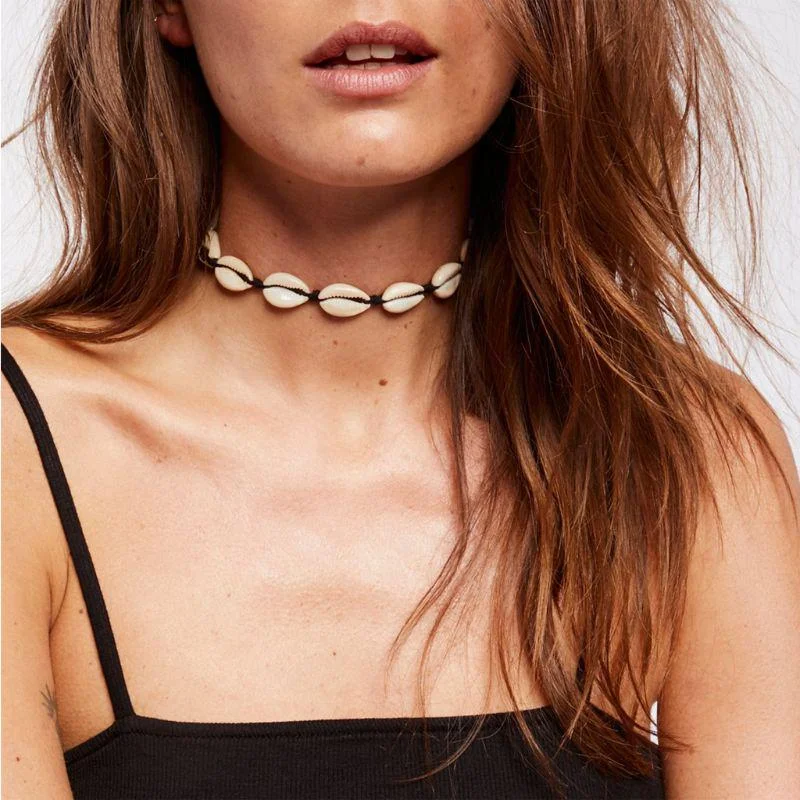
Wearable Art: Use in Jewelry and Ornamentation
Caurica shells have been adorning necks, wrists, and clothing for centuries. Their natural beauty makes them perfect for jewelry, and their smooth surface is ideal for engraving. It’s like nature’s own ready-made bead!
Shell Symbolism: Meanings in Different Cultures
In many cultures, cowrie shells, including Caurica, are symbols of fertility, wealth, and protection. Some believe they bring good luck or ward off evil spirits. Who knew such a small shell could carry so much meaning?
Once Upon a Shell: Caurica in Folklore and Legends
Every shell has a story, and Caurica is no exception. In some Pacific Island cultures, there are legends about how cowrie shells got their shiny surface or their distinctive shape. It’s like each shell is a tiny storybook, waiting to be read.
Conservation Status of Caurica: Protecting Our Pearly Friends
Population Check: Current Trends
While Caurica isn’t currently listed as endangered, that doesn’t mean we can rest easy. Like many marine species, they face challenges from habitat loss and over-collection. It’s a reminder that even the small things in nature need our attention.
Trouble in Paradise: Threats to Caurica’s Survival
Climate change, ocean acidification, and pollution are like the supervillains in Caurica’s story. These environmental changes can affect the delicate balance of their coral reef homes. And let’s not forget about overharvesting – too many eager collectors can put a strain on wild populations.
Guardians of the Shell: Conservation Efforts and Initiatives
The good news? There are people out there fighting for Caurica and its cousins. Marine protected areas, sustainable collecting practices, and education programs are all part of the effort to keep these little gems around for future generations to enjoy.
The Art of Collecting Caurica: Tips and Tricks for Shell Enthusiasts
Shell Sleuth: Identifying Genuine Caurica Shells
Want to add a Caurica to your collection? Here’s a pro tip: look for the distinctive teeth-like structures on the shell’s opening. And remember, if it looks too perfect, it might be fake. Nature’s beauty includes imperfections!
Ethical Shell Seeking: Responsible Collecting Practices
Remember, collecting shells is fun, but we need to do it responsibly. Always check local regulations, never take live shells, and limit your collection to what you truly need. It’s like the “leave no trace” principle, but for shell collecting.
TLC for Your Treasures: Proper Care and Maintenance
Once you’ve got your Caurica, treat it like the treasure it is. Keep it clean, store it safely, and handle it gently. With proper care, your shell can last for generations – a little piece of the ocean to pass down through your family.
Caurica in Scientific Research: Not Just a Pretty Shell
Under the Microscope: Studies on Caurica’s Biology
Scientists are always uncovering new secrets about Caurica and its relatives. From growth patterns to genetic studies, these little shells are helping us understand more about marine life and evolution.
Biodiversity Barometer: Role in Understanding Marine Ecosystems
Caurica populations can tell us a lot about the health of coral reefs and ocean ecosystems. They’re like tiny environmental indicators, helping scientists monitor changes in our oceans.
Nature’s Blueprints: Potential Applications in Biomimicry
The smooth, strong structure of Caurica shells has caught the attention of materials scientists. Who knows? The next breakthrough in engineering or design might be inspired by these humble little shells.
Capturing Beauty: Photography and Caurica
Shell Close-Ups: Challenges in Photographing Caurica
Photographing Caurica shells is an art in itself. Their glossy surface can be tricky to light properly, and capturing their subtle colors is a challenge. It’s like trying to photograph a celebrity who’s camera-shy!
Picture Perfect: Tips for Caurica Photography
Want to snap some shell shots? Natural light is your friend, and a macro lens can help capture those fine details. And don’t be afraid to get creative with backgrounds – sometimes a simple black or white surface can make the shell’s beauty pop.
Shell-ebrities: Notable Caurica Photographs and Photographers
Some photographers have made a name for themselves with stunning Caurica and cowrie shell images. These photos can be found in nature magazines, scientific publications, and even art galleries. It’s proof that sometimes, the most beautiful subjects come in small packages.
Caurica vs. Other Cowrie Species: Standing Out in the Crowd

Family Resemblance: Comparative Analysis
Put Caurica next to its cowrie cousins, and you’ll start to see what makes it unique. While it shares the basic cowrie shape, its specific coloration and pattern set it apart. It’s like picking out your friend in a family photo – once you know what to look for, it’s unmistakable.
Unique Features: What Sets Caurica Apart
Caurica has its own special flair. Its more subdued colors and smooth surface give it an elegance that some of its flashier relatives lack. It’s the cowrie equivalent of the “quiet cool” kid in school.
Myth Busting: Common Misconceptions About Caurica
No, Caurica shells don’t grow to the size of dinner plates, and they can’t predict the weather (despite what some legends might claim). Let’s separate fact from fiction and appreciate Caurica for what it really is – a beautiful, fascinating creature of the sea.
The Future of Caurica: What Lies Ahead for Our Shelly Friend
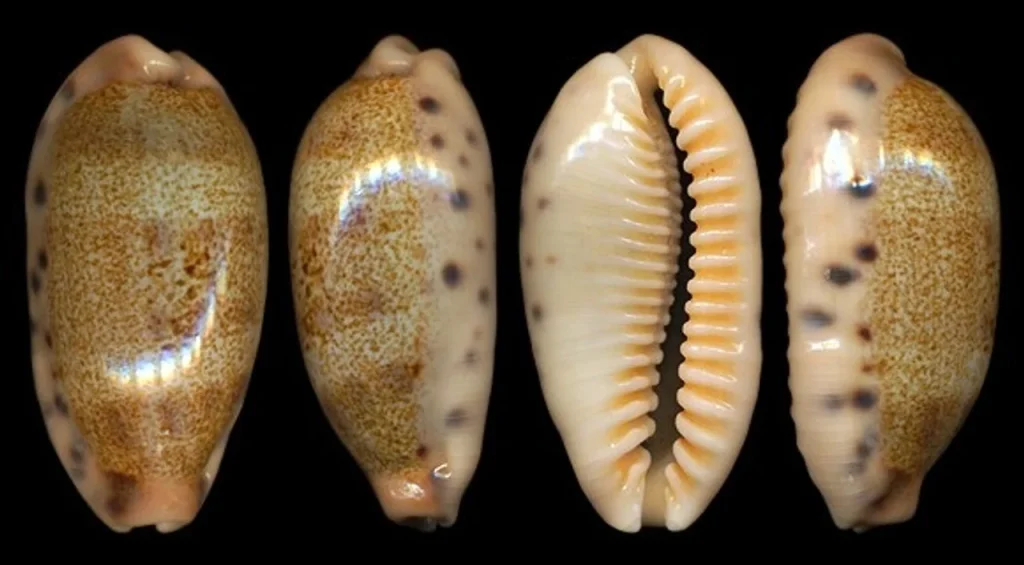
Climate Crystal Ball: Predicted Impact of Climate Change
As our oceans warm and change, Caurica and its habitat face uncertain times. Will they adapt? Migrate? Only time will tell, but scientists are keeping a close eye on these little indicators of ocean health.
Sustainable Shells: Potential for Eco-Friendly Harvesting
Could there be a way to sustainably harvest Caurica for collectors and artisans? Some researchers are exploring this possibility, looking for ways to balance human interest with environmental protection.
Knowledge is Power: Importance of Ongoing Research
The more we learn about Caurica, the better we can protect it. Ongoing studies help us understand its lifecycle, habitat needs, and role in the ecosystem. It’s like we’re constantly updating the biography of this fascinating little shell.
Conclusion: A Small Shell with a Big Impact
As we’ve explored the world of Caurica, it’s clear that this little shell is more than just a pretty face on the beach. From its role in marine ecosystems to its place in human culture and science, Caurica proves that sometimes, the most fascinating things come in small packages.
Whether you’re a seasoned shell collector, a budding marine biologist, or just someone who appreciates the wonders of nature, Caurica has something to offer. Its subtle beauty reminds us of the incredible diversity in our oceans, and its vulnerability underscores the need to protect these delicate ecosystems.
So next time you’re strolling along a tropical beach, keep an eye out for these hidden gems. And remember, every Caurica shell you see has a story to tell – a tale of survival, adaptation, and the intricate connections that make our natural world so amazing.
Let’s cherish and protect these little wonders, ensuring that future generations can also marvel at the hidden gem of the cowrie family. After all, in the grand tapestry of nature, even the smallest thread can be crucial to the overall picture.
FAQs: Diving Deeper into the World of Caurica
Q: Can I keep a live Caurica as a pet in my aquarium? A: While it might be tempting, it’s best to admire Caurica in its natural habitat. These creatures have specific needs that are hard to replicate in home aquariums. Plus, wild collection can harm their populations. Let’s keep them where they belong – in the ocean!
Q: How can I tell if a Caurica shell I’ve found is fossil or recent? A: Great question! Fossil Caurica shells often have a different weight and texture compared to recent ones. They might also be partially mineralized. If you’re unsure, consult a local marine biology expert or shell collector’s guide for more specific identification tips.
Q: Are there any look-alike species that might be confused with Caurica? A: Yes, some other cowrie species can look similar to Caurica. The Erronea caurica (a close relative) is often confused with true Caurica. The key is in the details – subtle differences in color patterns and shell shape can help you distinguish them. It’s like being a shell detective!
Q: How long does a Caurica shell take to form? A: The growth rate of Caurica shells can vary depending on environmental conditions. Generally, it can take several years for a Caurica to reach its full adult size. It’s a slow and steady process – nature’s own version of a long-term project!
Q: Can the patterns on Caurica shells change over time? A: While the basic pattern is set when the shell forms, environmental factors can affect its appearance over time. Exposure to sunlight, water conditions, and even the cowrie’s diet can influence the shell’s color and pattern intensity. It’s like nature’s way of giving each shell its own unique character!
Read More:
Dorado Fish Decoded: Unveiling the Secrets of This Ocean Acrobat
Grouper Fish: The Giant of the Reef and Its Crucial Ecological Role
TriggerFish: The Ocean’s Living Locks and How They Got Their Name
Colonel Fish: Unraveling the Secrets of This Unique Marine Species


